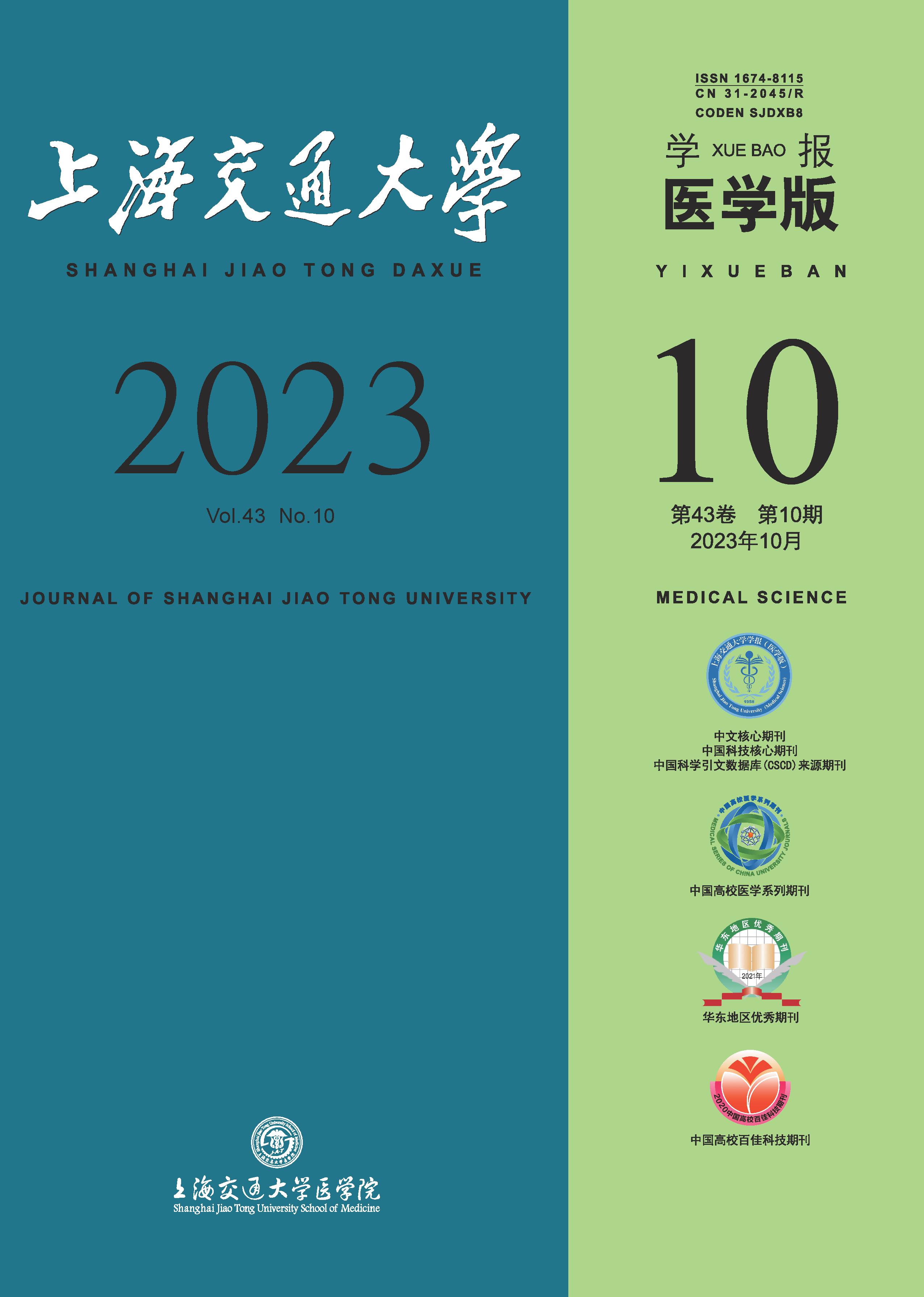Objective ·To analyze the clinical characteristics and prognostic risk factors of patients with diffuse large B-cell lymphoma (DLBCL), and evaluate the prognostic effects of autologous stem cell transplantation (ASCT) and rituximab maintenance therapy on DLBCL patients. Methods ·The clinical data of 160 patients with DLBCL who were first diagnosed by pathology and immunotyping were collected from the Department of Hematology, Xinhua Hospital, Shanghai Jiao Tong University School of Medicine from January 2015 to January 2020, and the risk factors affecting the efficacy and prognosis of patients were analyzed. Moreover, the clinical characteristics of patients with relapsed/refractory DLBCL and the effect of salvage ASCT on overall survival (OS) were assessed. For those high-risk patients who achieved complete remission (CR) in the interim assessment, the impact of ASCT and rituximab maintenance therapy on survival outcomes was further assessed. Results ·Patients with initial age of treatment >60 years (P=0.005), International Prognostic Index (IPI) 3?5 scores (P=0.032), low albumin level (P=0.001) and anemia (P=0.007) had poor efficacy. Multivariate analysis showed that the initial age of treatment >60 years (HR=2.788, 95%CI 1.575?4.936, P=0.000), non-GCB subtype (HR=2.230, 95%CI 1.150?4.324, P=0.018), elevated lactate dehydrogenase level (HR=2.064, 95%CI 1.006?4.234, P=0.048) and low albumin level (HR=2.052, 95% CI 1.169?3.602, P=0.012) were the independent risk factors for progression-free survival (PFS). The initial age of treatment >60 years (HR=2.269, 95% CI 1.060?4.860, P=0.035) and IPI scores of 3 to 5 (HR=2.557, 95%CI 1.132?5.778, P=0.024) were independent factors affecting OS. For patients with relapsed/refractory DLBCL, salvage ASCT was found to significantly improve the prognosis of these patients and was a protective factor for the death event of patients (P=0.030). For patients in the high-risk group who achieved CR in the interim evaluation after chemotherapy, there were no deaths in patients on maintenance therapy with consolidation ASCT and rituximab to the end point of follow-up; however, it did not prolong the OS of the patients (P>0.05). Conclusion ·In patients with relapsed/refractory DLBCL, salvage ASCT can significantly prolong the OS, whereas in the high-risk patients of DLBCL, consolidation ASCT and rituximab maintenance therapy can't prolong the OS.

